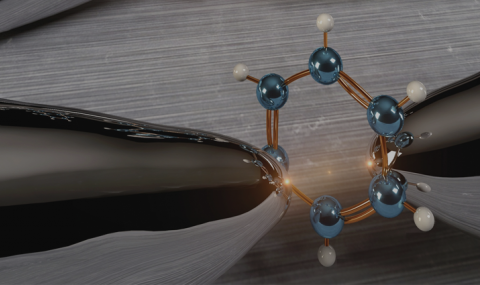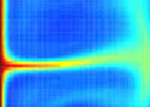The inherent electronic mismatch between molecules and metals is a general limitation for efficient electron transport in molecule-based electronics, including organic photovoltaic cells, organic light-emitting diodes, and single-molecule transistors. To date, the study of electronic transport across metal-molecule interfaces focused on low conductance governed by tunneling or hoping processes. Recently, we fabricated a series of highly transmitting single-molecule junctions to study the upper limit of conductance across metal-molecule interfaces. We revealed two fundamental mechanisms for conductance saturation near full electron transmission. These mechanisms can be used to optimize efficient charge injection, information transfer, and recombination processes across metal-molecule interfaces (T. Yelin et al. Nature Materials 15, 444 (2016)).








